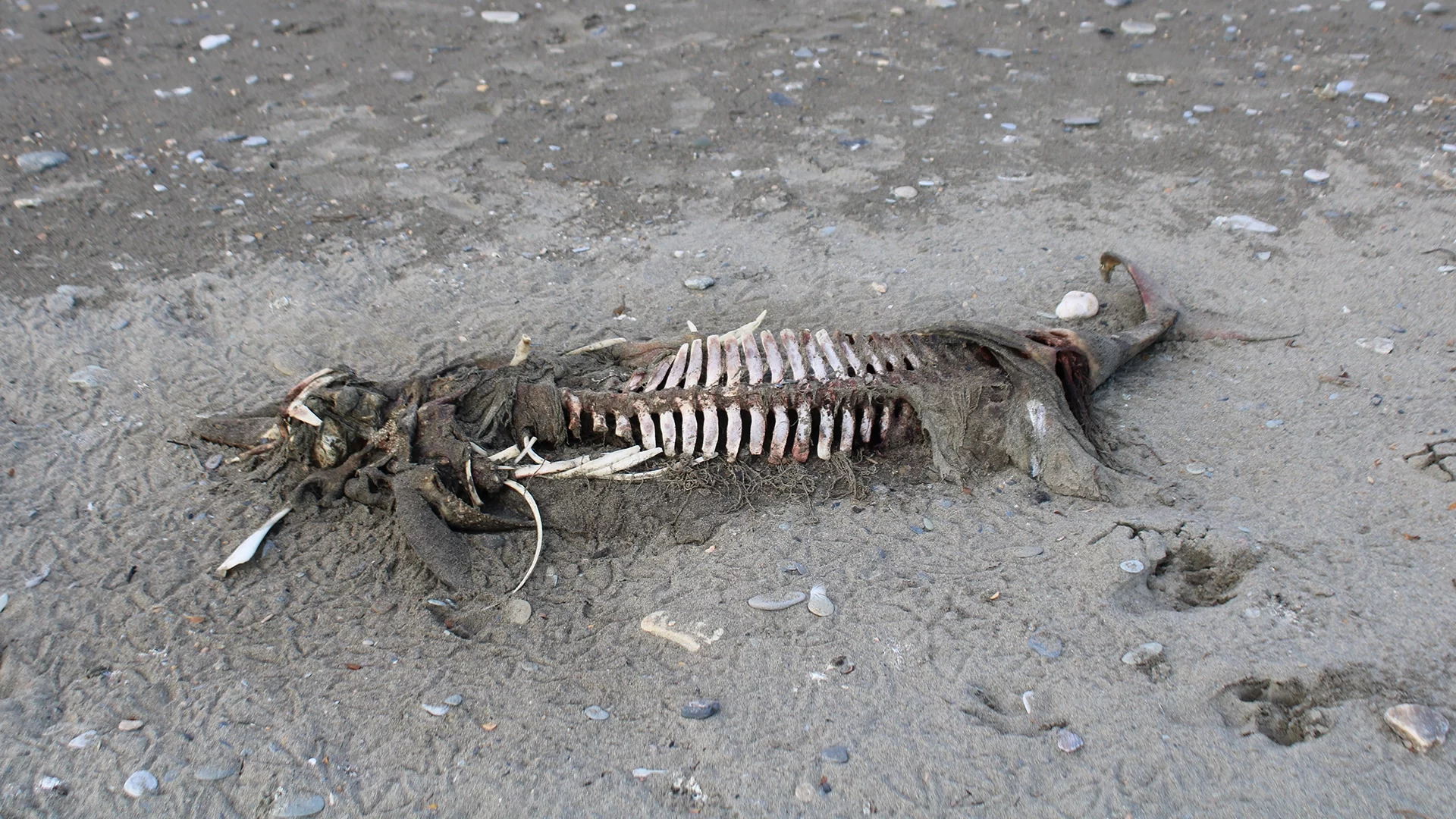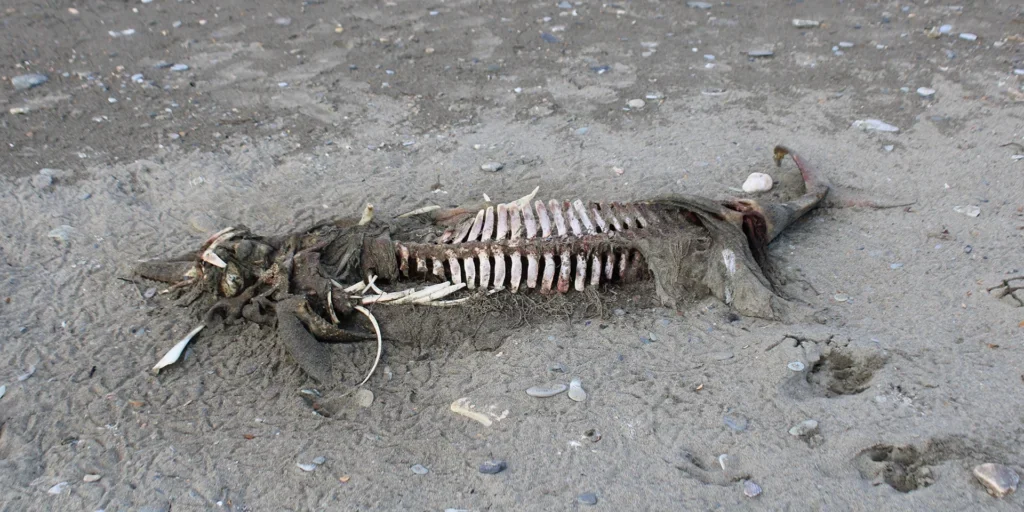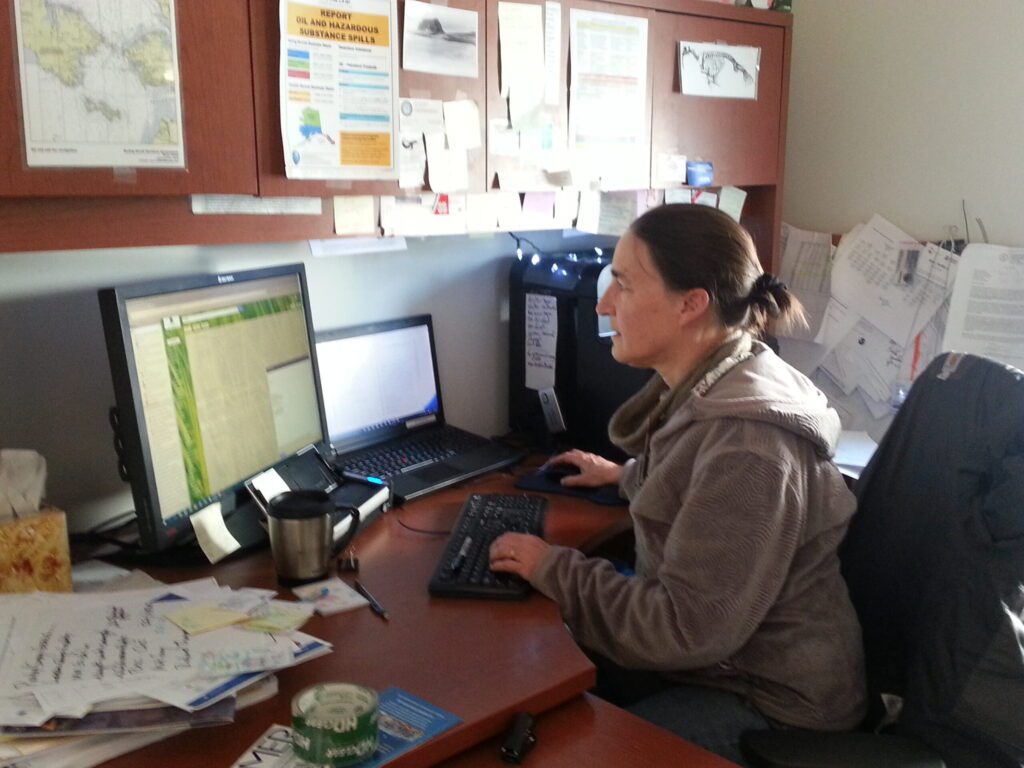
Concerns over highly pathogenic influenza viruses in wild birds and domestic poultry in Alaska were discussed during a Strait Science webinar held over Zoom on Thursday, March 28. This event hosted by the University of Alaska Fairbanks Northwest Campus and Alaska Sea Grant highlighted the need for a comprehensive understanding of the virus and its impact on marine mammals, along with food safety and security concerns for Alaskans.
Highly Pathogenic Avian Influenza (HPAI), more commonly referred to as bird flu, is a disease caused by an influenza virus that may result in serious illness or death among affected birds. Historically, HPAI was known to be a poultry disease but recent studies have identified wild birds as well as mammals that have contracted the disease.
The spillover of influenza viruses from wild birds to marine mammals is not entirely new. However, marine mammal mortality events associated with avian influenza viruses have become increasingly common within the past several years. HPAI has recently been associated with several particularly large marine mammal mortality events in South America. In the United States, the USDA has confirmed HPAI cases in all states except Hawaii.
There has been concern in recent years about potential spread of HPAI from wildlife to humans. Human cases of HPAI have become less common since 2015 despite the virus becoming increasingly common among wildlife. According to the Center for Disease Control’s (CDC) website, the human health risk associated with HPAI is low. Globally, most cases of HPAI in humans were reported from African and Asian countries and associated with exposure to infected domestic poultry.
Common signs of HPAI among sick birds include a lack of coordination, stumbling with inability to stand upright, flying or swimming in circles, a twisted neck, or paralysis. These behaviors do not confirm that an animal is affected by HPAI, but they are suspected behaviors that residents are encouraged to look for and report. Marine mammals are likely to exhibit signs of tremors and lack of coordination.
Some species can recover from avian influenza infections depending on their exposure history and the virulence of the virus. Many mammals are picking up HPAI through scavenging and contact with other live infected species.
Geneticist Christine Ahlstrom has contributed to an avian influenza research project at the Alaska Science Center that spans over 13 years. Nearly 1,000 samples from waterfowl were collected by local hunters, most commonly along the Aleutian chain where sport and subsistence hunting is popular. The Aleutian Islands are also a region where viruses are routinely introduced into North America from East Asia.
According to the webinar panelists, there has been a decline in state and federal funding for avian influenza testing. When the U.S. Fish and Wildlife Service halted their sampling program, the responsibility of reporting suspicious wildlife was left entirely to the public. Andy Ramey, the Director of the Molecular Ecology Lab at the Alaska Science Center, suggested that more funding becomes available when people are able to report dead animals.
“The more complete a person’s report can be, the more information we have to get a better sense of the denominator.” Ramey said.
According to Ramey, the number of sick and deceased birds and mammals affected by HPAI are grossly underreported and undocumented. Even with increased reporting, Ramey expressed concern that there still is much work to do to accurately collect data on HPAI, work that will require additional funding and resources.
“The reality is that you can never be certain whether a bird or any other animal is affected by HPAI without laboratory confirmation. Even then, we have to recognize that laboratory tests have limitations and involves some degree of uncertainty.” Ramey said.
Citizens are encouraged to send photos of dead birds to USFWS Alaska Sick/ Dead Bird Hotline (1-866-527-3358 / 907-229-6357 or email ak_mbm@fws.gov) for documentation. Sick or dead animals should not be handled and maintaining a safe distance can prevent possible disease transmission to other people and animals.
Poultry owners in the Bering Straits region are advised to contact the Alaska Department of Fish and Game regional office (907-328-8354 or email dfg.dwc.vet@alaska.gov) for assistance with bird flu testing and control. State Veterinarian Dr. Sarah Coburn at the Alaska Department of Environmental Conservation should be contacted for guidance if backyard poultry become ill or die of suspected avian influenza.
Gay Sheffield, Marine Advisory Program Agent at Alaska Sea Grant and UAF NW Campus closed the webinar remarking, “We are responsible for what we see around us.”







